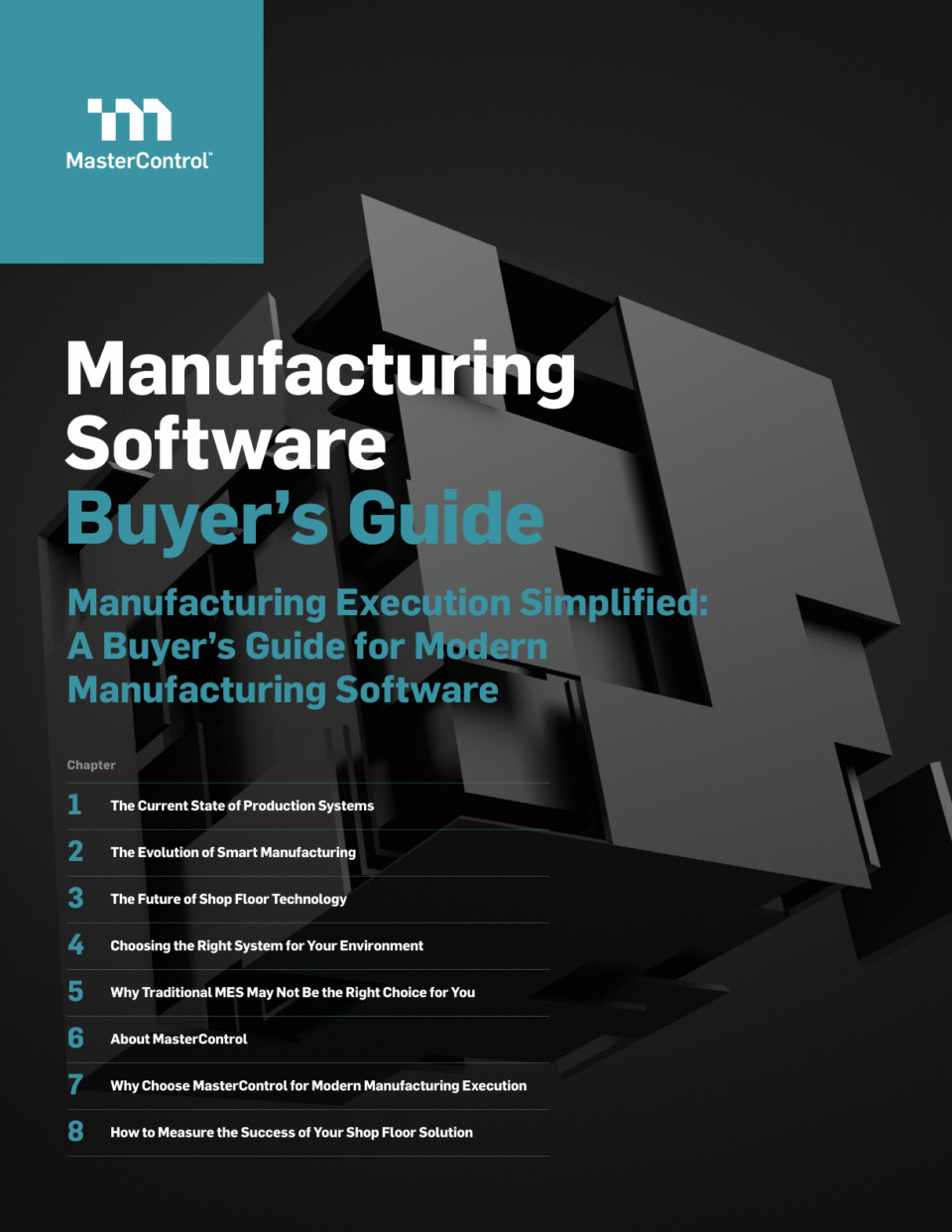Executive Summary
In the rapidly evolving sphere of life sciences manufacturing, efficiency, connectivity, and data-driven decision making are paramount. This guide provides an in-depth look at modern manufacturing execution systems (MES), exploring their evolution, current state, and future prospects. It also presents a comparative analysis of traditional MES, paper-based systems, and disconnected digital setups, pointing out their shortcomings and the need for a more advanced solution.
Technical Background
Manufacturing execution systems (MES) have traditionally been the backbone of production processes. However, the high costs and complexities of traditional MES software, coupled with the inefficiencies of paper-based or disconnected digital systems, have made them increasingly untenable in the face of evolving business dynamics.
System Architecture
The future of manufacturing execution is anchored in a data-first approach where all relevant records and documents are quickly and cost-effectively digitized under a unifying platform. This allows for real-time tracking and monitoring, improving efficiency and reducing errors.
Implementation Details
Implementing a modern MES requires careful evaluation of existing systems, identification of disconnects and inefficiencies, and selection of a system that integrates seamlessly with your environment. The right system will offer flexibility, scalability, and a user-friendly interface, enabling easy adoption and maximized productivity.
Code Examples
Performance Analysis
Manufacturers adopting a modern MES can expect significant improvements in productivity and efficiency. The unifying platform enables real-time visibility and traceability across production, facilitating faster decision-making and proactive issue resolution.
Security Considerations
Given the data-centric nature of modern MES, robust security measures are crucial. Ensure your chosen system offers advanced data protection features, including encryption, access controls, and regular security updates.
Troubleshooting
Common issues with MES implementation include slow user adoption, system incompatibilities, and transition challenges. Address these effectively through comprehensive training, thorough system testing, and gradual transition processes.
Conclusion
Picking the right MES for your manufacturing environment is a pivotal decision, impacting efficiency, productivity, and bottom-line results. This guide provides insights to help you make an informed choice, ensuring your MES is aligned with your business needs and ready for the future of manufacturing execution.
Download PDF Document
Enter your contact details to download the complete document with all original formatting and detailed information.
